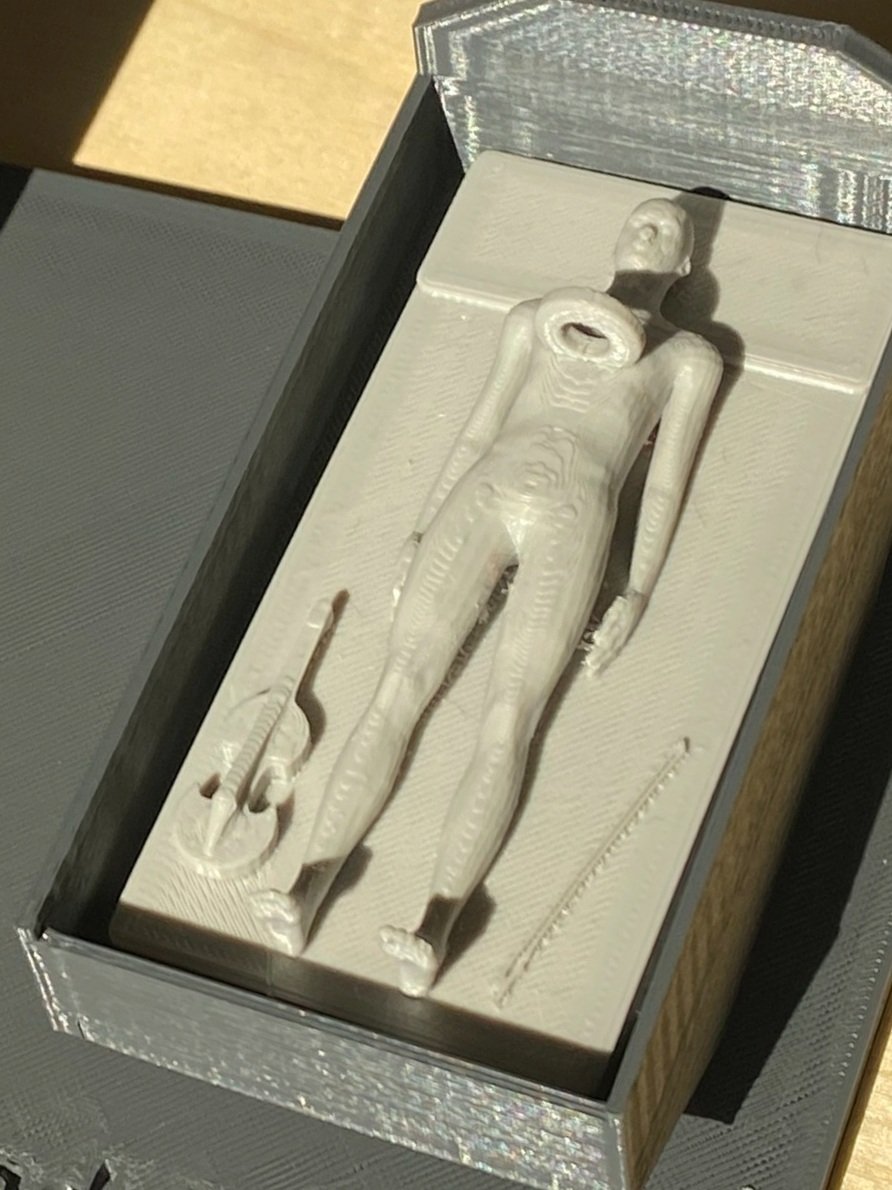


The Famous Violinist
-
The Famous Violinist is a thought experiment that tests our intuitions about the moral permissibility of abortion. It was designed by Judith Jarvis Thomson in her 1971 paper “A Defense of Abortion”. Thomson writes:
You wake up in the morning and find yourself back to back in bed with an unconscious violinist. A famous unconscious violinist. He has been found to have a fatal kidney ailment, and the Society of Music Lovers has canvassed all the available medical records and found that you alone have the right blood type to help. They have therefore kidnapped you, and last night the violinist's circulatory system was plugged into yours, so that your kidneys can be used to extract poisons from his blood as well as your own. [If he is unplugged from you now, he will die; but] in nine months he will have recovered from his ailment, and can safely be unplugged from you.
Some have argued that abortion is morally impermissible because the fetus is a person and thus has a right to life. However, the violinist in Thomson’s thought experiment is indisputably a person, and Thomson expects that many readers will share her intuition that it is permissible to unplug oneself from him even though doing so will cause him to die. By analogy, then, Thomson suggests that there are many circumstances in which it is morally permissible to have an abortion, even if the fetus is (or has the same moral status as) a person.
Learners should be given the activity set with the figures connected to one another via twine or a similar material. After learning about the thought experiment, they should be given a pair of scissors and asked to decide whether it is morally permissible to sever the connection. In classroom settings, this should be followed by a critical discussion of Thomson’s arguments and the nature of the thought experiment.
Components:
Statuette of the kidnap victim on hospital bedding, sitting up and alert. Statuette features a hoop to which string may be tied.
Statuette of the violinist on hospital bedding, lying down and unconscious. Statuette features a hoop to which string may be tied.
Base reading ‘If you cut the thread, he dies’.
Base features two hospital beds that serve as niches for the statuettes.
-
3D printer and filament
String, a pipe cleaner, or some other cuttable material that can be used to connect the statuettes
Scissors for the learner to use or not, as they see fit
-
-
Iliana Berenice Martinez, Eli Shupe
Do you have a right to decide what happens to your body even if it costs someone else their life?
